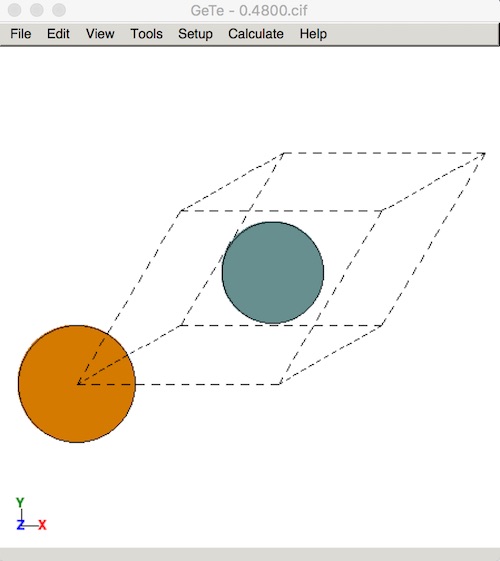An update of previous entries for setting up an Apple computer for scientific computing. It is not an absolute guide, but simply one way to get going. I started with a clean install of Mac OS 10.12 (Sierra).
- Awaken UNIX
The first step is to install the command line tools. Open a Terminal and type make which triggers the system to install Xcode (if missing) and the command line tools module (basic UNIX commands including a gcc compiler). Be sure to set up your bash_profile, ssh config, and vimrc files to make working faster and more comfortable.
- Basics
My base applications include: (standard office) Dropbox, Slack, MS Office (Imperial link), Mactex, Texmaker, Mendeley; (scientific computing) latest gcc/gfortran, iTerm, Textmate, XQuartz, Atom, Cyberduck, GitHub client; (materials modelling) VESTA, Avogadro. For video and image editing ffmpeg and imagemagick are essential.
- Python
Python package and environment maintenance can cause headaches, so this time I went with Conda for Mac. I am happy with the results so far, and the standard install gives a good base set of packages.
- Fortran and C
It is possible to survive using gnu compilers and freely available maths libraries, but Intel Fortran and MKL tend to be faster and better tested (easier to compile). For non-commericial purposes Intel Composer is now free for OS X. The package installs in a few clicks, but be sure source the variables in your .bash_profile:
source /opt/intel/mkl/bin/mklvars.sh intel64
source /opt/intel/bin/compilervars.sh intel64
The outcome:
% which ifort
/usr/local/bin/ifort
% ifort --version
ifort (IFORT) 17.0.4 20170411
- Openmpi
To enable parallelism, I downloaded the latest source code of openmpi (2.1.1).
./configure -prefix=/usr/local/openmpi-2.1.1 CC=icc FC=ifort F77=ifort
make
sudo make install
be patient… it can easily take 20 minutes. Finally add to your .bash_profile:
export DYLD_LIBRARY_PATH=$DYLD_LIBRARY_PATH:/usr/local/openmpi-2.1.1/lib/
export PATH=./:/usr/local/openmpi-2.1.1/bin:$PATH
export OMP_NUM_THREADS=1
The outcome:
% which mpif90
/usr/local/openmpi-2.1.1/bin/mpif90
% mpif90 --version
ifort (IFORT) 17.0.4 20170411
- Phonopy
I use this open-source lattice-dynamics package a lot. The installation used to be multi-step, but Conda makes life easier (adapted from Togo's official guide):
% conda install numpy scipy h5py pyyaml matplotlib openblas
% git clone https://github.com/atztogo/phonopy.git
% export CC=gcc
% cd phonopy
% python setup.py install --user
To run: phonopy
If harmonic phonons are not enough for you, then Phono3py lets you calculate phonon-phonon interactions, but it gets very expensive to compute.
% git clone https://github.com/atztogo/phono3py.git
% cd phono3py
% python setup.py install --user
To run: phono3py
- VASP
I use a range of electronic structure packages, but VASP is the old reliable. I downloaded the latest version (5.4.4), which has streamlined the install process. Enter the main folder and
cp ./arch/makefile.include.linux_intel ./makefile.include
The file needs to be modified to point to the correct compilers (I used icc, icpc, and mpifort). We will also remove DscaLAPACK from the pre-compiler options and set SCALAPACK = . There is one bug to fix before you type make: in ./src/lib/getshmem.c add #define SHM_NORESERVE 010000 to the end of the include statements.
The outcome:
% mpirun -np 4 ../vasp_std
running on 4 total cores
distrk: each k-point on 4 cores, 1 groups
distr: one band on 1 cores, 4 groups
using from now: INCAR
vasp.5.4.4
- ASE
The atomistic simulation environment is a useful set of Python tools and modules. It now installs, including the gui, in one command:
pip install --user ase gpaw
The outcome:
ase-gui

I will update with more codes and tools as I find time, and always happy to receive suggestions.